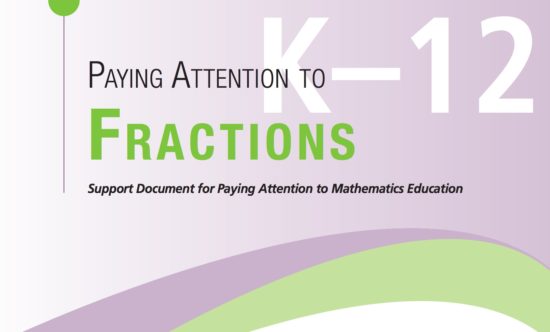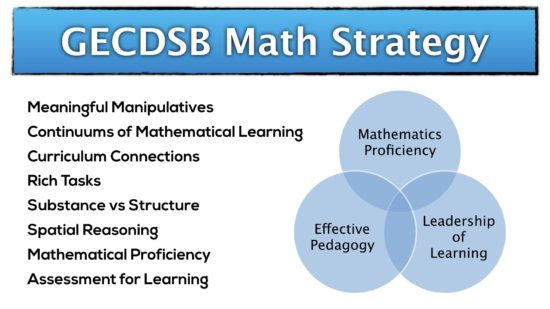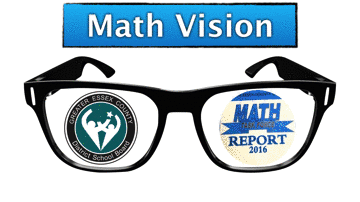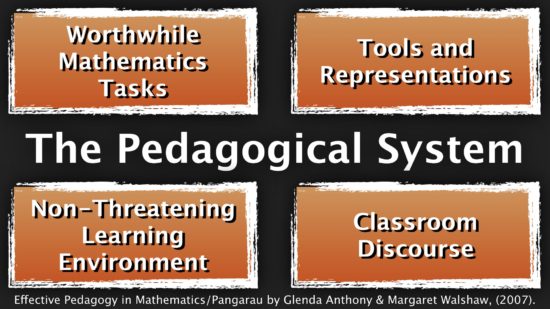GECDSB Mathematics Professional Development
Thanks for inviting me to learn with the Tecumseh Vista Academy Elementary Math Learning Team as you engage in learning around Fractions, Measurement and EQAO Data Analysis.
You can scroll down to see our past sessions, or consider jumping to the specific session you’re looking for:
Tuesday October 31st, 2017
After exploring our EQAO Item Information Reports (IIRs), we noticed some connections between Spatial Reasoning, Fractions, Measurement, and Data Management and Probability.
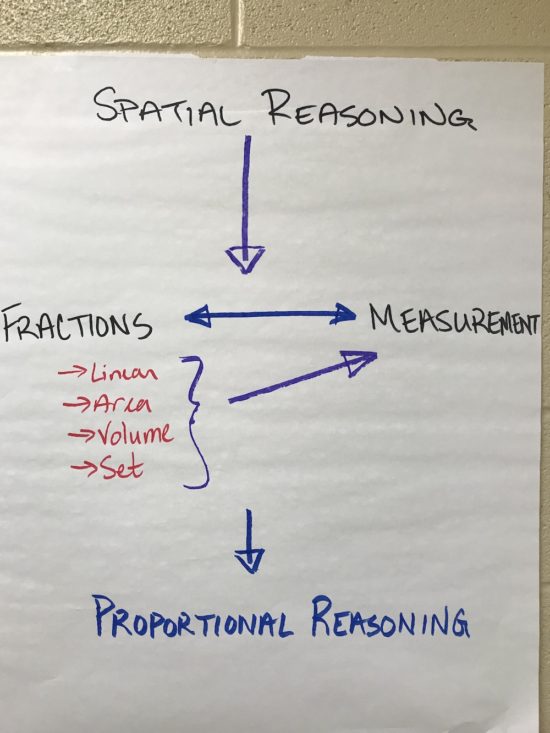
One of the measurement multiple choice problems that grade 3 students struggled with was comparing and ordering different measurements including metres and centimetres.
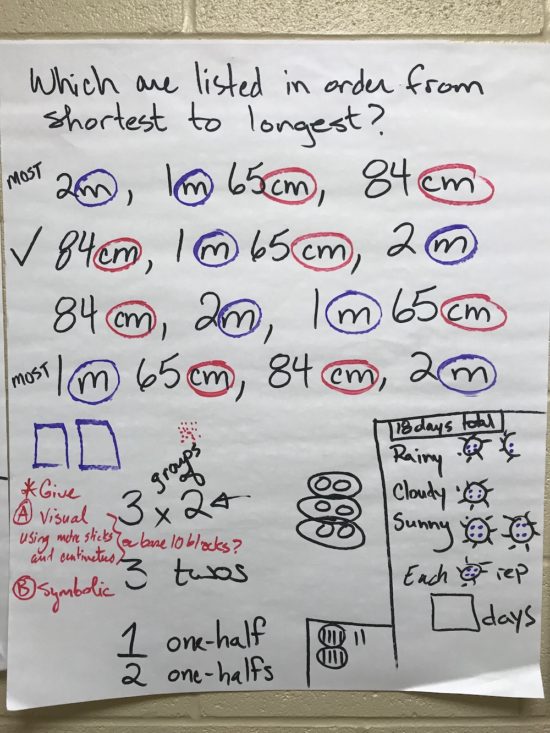
While we didn’t pick this problem to potentially use for some diagnostic data and/or as a task for moderating student work, we did agree that it might be useful to come back to this problem in the future and:
1st – Give the problem visually, using either base ten materials to represent the metres and centimetres or even better, using images of metre sticks and partial metre sticks for the centimetre measurements.
2nd – Give the students a similar problem, but using the symbolic representation with metric units as we see in the image above.
If students perform better in the 1st instance than in the 2nd, then we might conclude that they need more concrete experience and opportunities with measurement prior to comparing and ordering different metric measures.
We did really like the problem involving the pictograph and having each “sun” represent 4 days. This problem ties in fractions (partial and whole suns) while also hitting the idea of unitizing, measurement and data management.
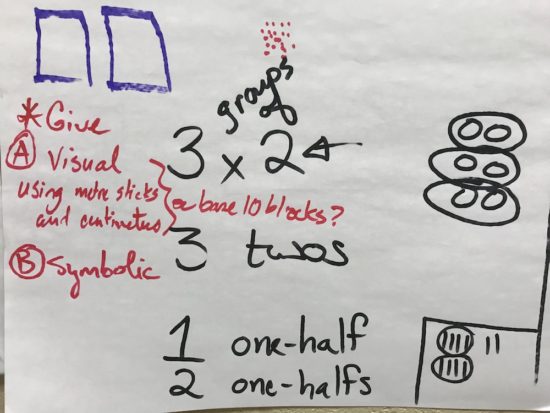
We explored the possibility of unitizing as an area of focus or at least a sub-focus for our work. We were noticing that a lot of the problems explored involved unitizing.
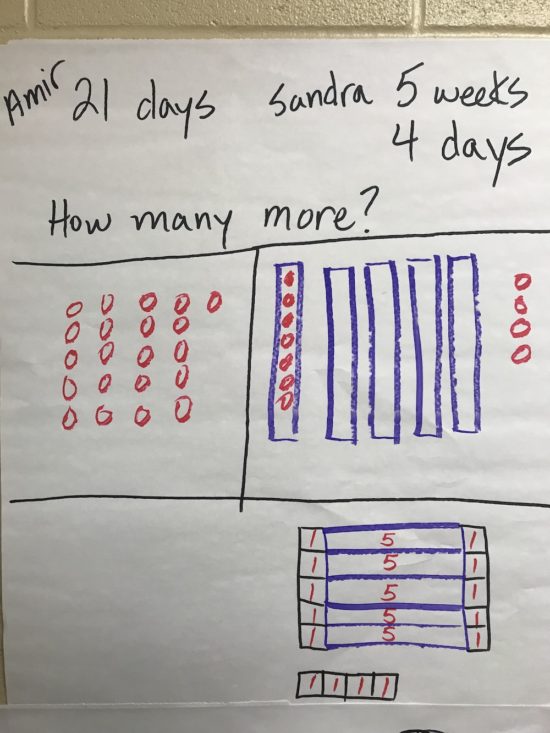
The problem below involving days and weeks was another example of a problem students struggled with involving two or more different units (days and weeks). While we didn’t pick this problem to work with this time, we did discuss how explicitly working with students and using concrete and visual representations might be helpful for students to better understand different units.
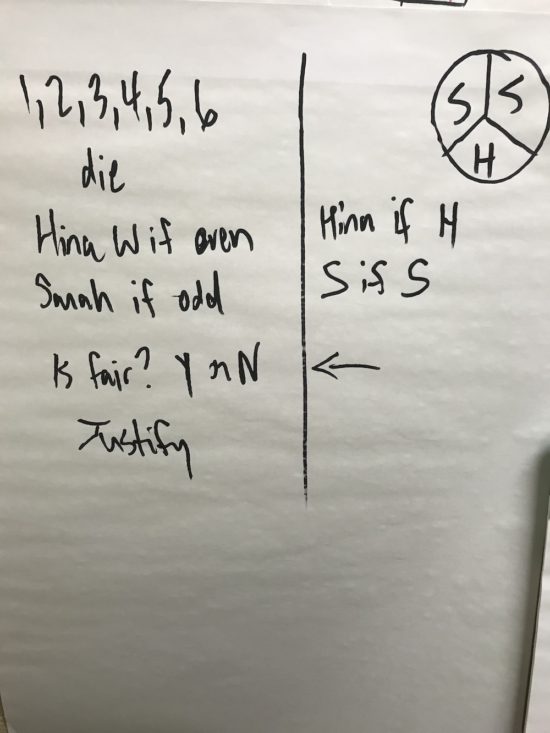
We selected this problem from the Grade 3 EQAO release materials because students struggled with it – especially justifying why the spinner was not fair due to Sarah having double the probability. Students could pick that it was not a fair game, but struggled to justify why (often saying that there were 2 “S’s” and only 1 “H”, when in reality, it was because the “S” sections covered more area, etc.)
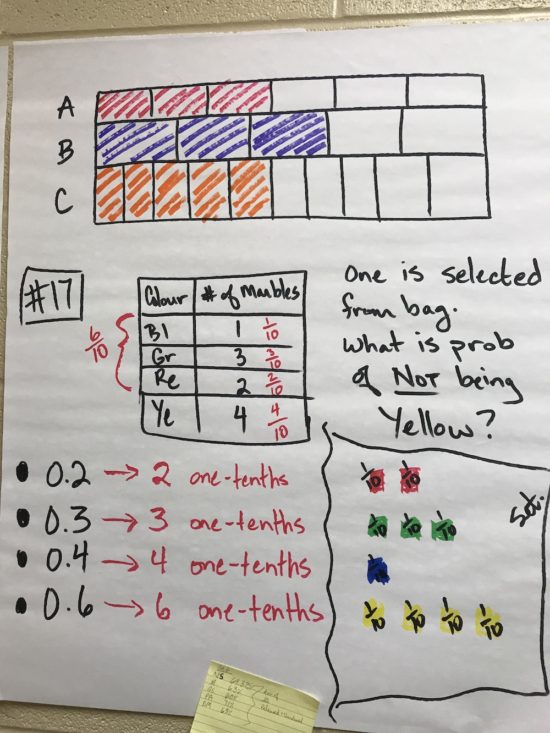
A multiple choice problem we selected from the grade 6 EQAO release materials was this one due to the connection to unit fractions, visual representations and measurement.
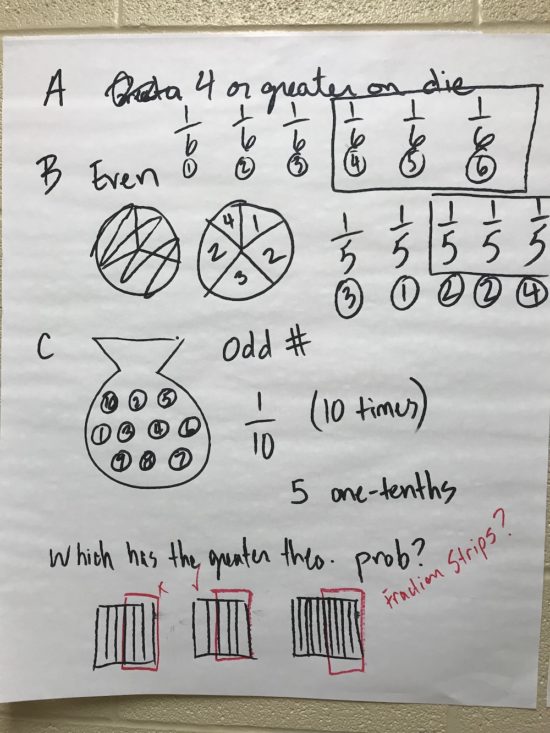
The next problem was an open response selected to connect to a similar problem from the grade 3 EQAO and we thought it could serve as a way to determine how students progress from primary through junior in this area.
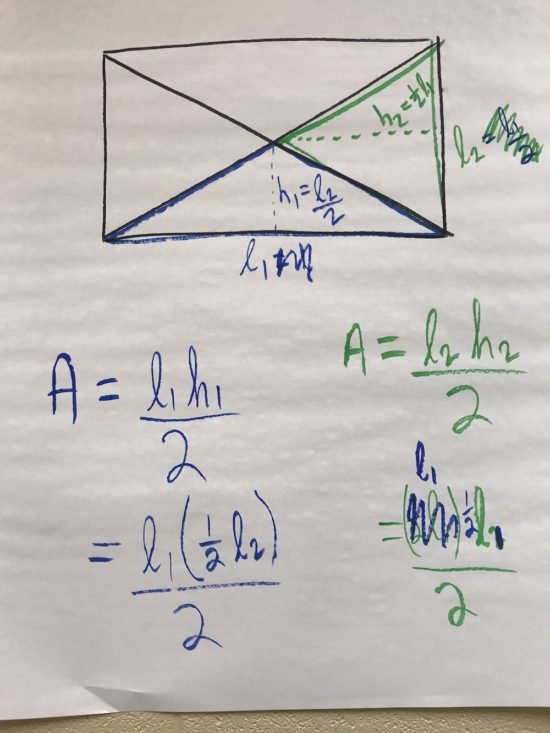
Resources From Today:
- Grade 3 and 6 EQAO Moderating Math Tasks – To be used for moderating math
- EQAO Assessment Booklets and Scoring Materials
- The Lady Bug Task – Relational Rods
Here are a few other resources that may be useful as we continue this work:
The GECDSB Mathematics Strategy
Mathematical Proficiencies
The full GECDSB Mathematics Vision is here.
Pedagogical System
Based on work by Glenda Anthony and Margaret Walshaw, the Pedagogical System is the result of a meta-analysis of many studies which are summarized into four key components:
You can also see a “silent solution” animation of the pedagogical system in detail:

